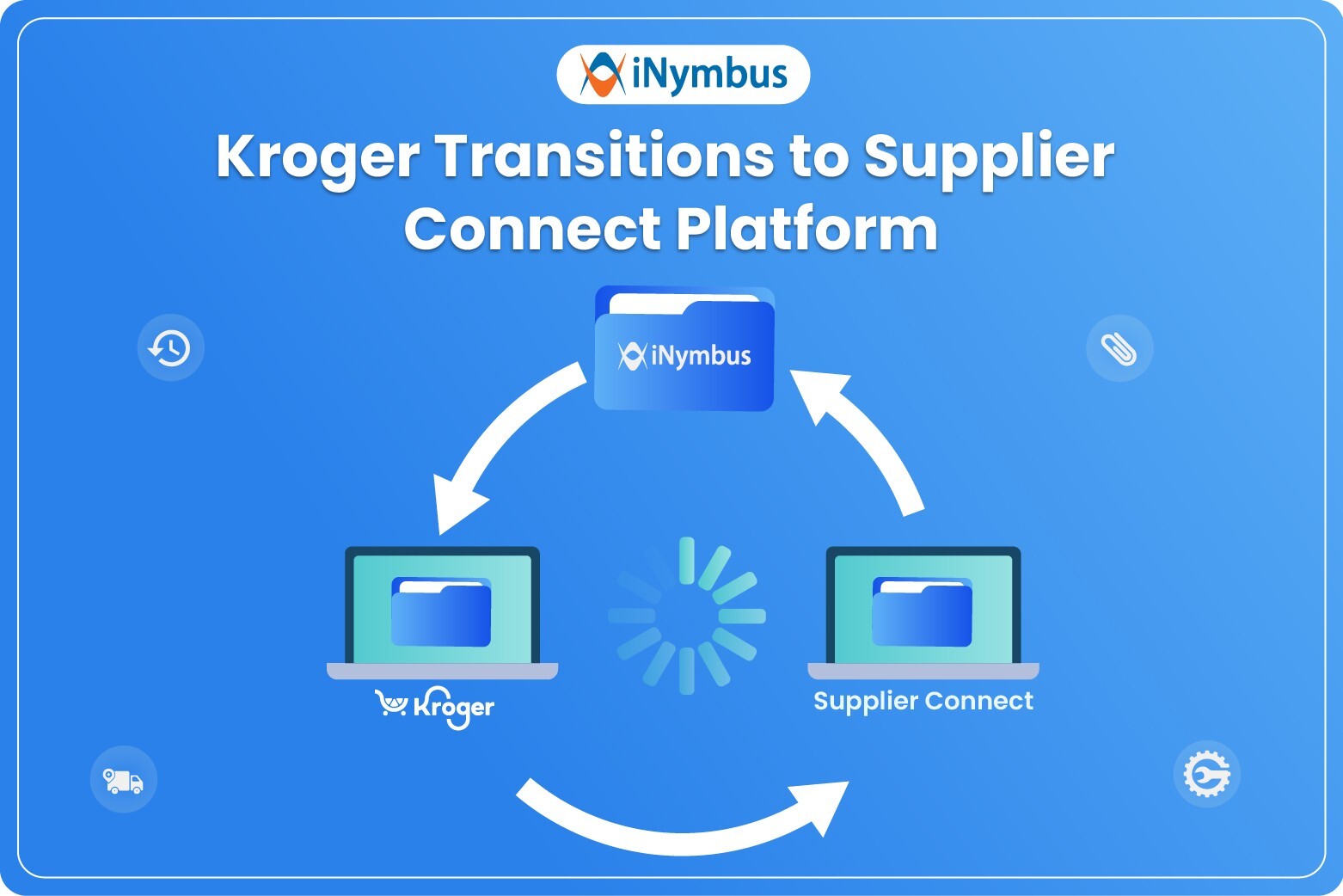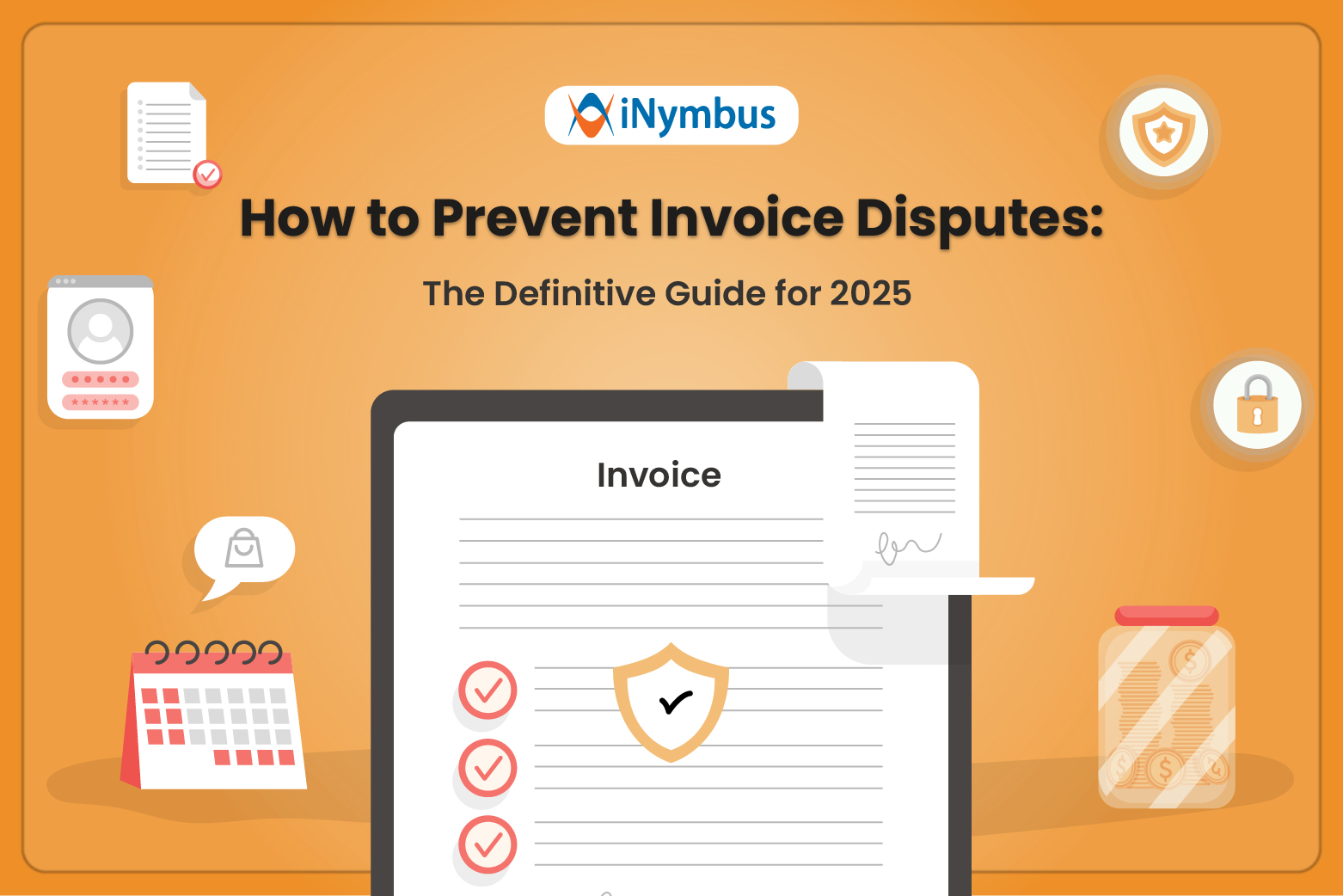Cash Flow Metrics: What to Track and Why It Matters
 Cash flow is the heartbeat of every business. You might be generating sales or even showing profits, but without healthy cash flow, daily operations, investments, and growth can come to a standstill. That’s why understanding and tracking the right cash flow metrics and KPIs (Key Performance Indicators) is critical.
Cash flow is the heartbeat of every business. You might be generating sales or even showing profits, but without healthy cash flow, daily operations, investments, and growth can come to a standstill. That’s why understanding and tracking the right cash flow metrics and KPIs (Key Performance Indicators) is critical.
In this guide, we’ll break down the most important cash flow metrics you should track, explain how each one impacts your business, and show how technology can make managing them easier than ever.
Why Cash Flow Metrics Matter to Business Success
Many businesses fail not because they don’t make money, but because they run out of cash at the wrong time. Cash flow metrics help you:
- Understand how quickly cash is coming in and going out
- Make better decisions around spending, hiring, and investing
- Avoid last-minute scrambles for funding or credit
- Identify problems in your billing or collection process early
By monitoring the right metrics, you gain better visibility into your business’s financial health and resilience.
Essential Cash Flow Metrics to Track
Let’s look at the most important metrics that give insight into how well your business is managing its cash.
1. Operating Cash Flow (OCF)
What it is: The amount of cash generated by your core business activities.
Why it matters: It shows whether your day-to-day operations are generating enough cash to cover expenses without relying on loans or investments.
How to calculate:
What to watch for: A consistently positive OCF is a good sign. Negative OCF may indicate operational problems or slow customer payments.
2. Free Cash Flow (FCF)
What it is: The cash remaining after covering capital expenses (like equipment or property).
Why it matters: This is the money you can use to grow the business, pay off debt, or return value to shareholders.
How to calculate:
What to watch for: A strong FCF shows you have the flexibility to make investments or handle financial surprises.
3. Cash Conversion Cycle (CCC)
What it is: The time it takes for your business to convert inventory into cash.
Why it matters: CCC helps you understand how efficiently your business manages inventory, sales, and collections.
How to calculate:
What to watch for: A shorter cycle means faster cash turnover and better liquidity.
4. Days Sales Outstanding (DSO)
What it is: The average number of days it takes to collect payment after a sale.
Why it matters: It measures the efficiency of your collections process.
How to calculate:
What to watch for: A rising Days Sales Outstanding(DSO) could mean customers are paying late, hurting your cash flow.
5. Accounts Receivable Turnover Ratio
What it is: How many times does your business collect its average accounts receivable during a period.
Why it matters: A high turnover ratio indicates you’re collecting quickly. A low ratio may signal collection issues.
How to calculate:
What to watch for: Look for trends over time. If your ratio is falling, investigate why customers may be delaying payments.
6. Cash Flow Forecast Accuracy
What it is: A comparison between projected and actual cash flows.
Why it matters: Forecasting helps you plan for future expenses and avoid surprises. The more accurate your forecasts, the more confident your decisions.
How to improve:
- Use historical data for realistic assumptions
- Adjust frequently based on business trends
- Leverage technology for real-time insights
What to watch for: Significant gaps between forecasted and actual cash flow may require a closer look at assumptions and timing.
Case Examples: What Good vs. Bad Performance Looks Like
- Good performance: A company tracks DSO closely and identifies that one large client regularly pays late. By adjusting terms and improving communication, they shorten DSO by 10 days, resulting in faster inflows and improved cash on hand.
- Poor performance: Another company ignores its Cash Conversion Cycle. Inventory sits too long, sales are slow, and payments take time to come in. With a long CCC, they constantly need short-term financing to stay afloat.
These examples show how small improvements in metrics can make a big difference.
Tech’s Role in Modern Cash Flow Management
In today’s business environment, manual tracking isn’t enough. Spreadsheets can be time-consuming, error-prone, and outdated.
Modern finance teams use automation tools and dashboards to:
- Monitor real-time cash flow KPIs
- Spot trends and problems early
- Simplify data collection from multiple systems
Tools like iNymbus help streamline AR processes and improve cash flow by automating tasks like dispute resolution.
Spotlight: How iNymbus Streamlines Cash Flow with Automation
iNymbus helps businesses fix cash flow delays caused by deductions and chargebacks. It automates tasks like uploading documents, filing disputes, and tracking claims. This saves time, reduces errors, and speeds up payment recovery across portals like Amazon and Walmart.
Key Benefits of iNymbus:
- Faster dispute resolution: Automation speeds up how quickly you respond to chargebacks and deductions.
- Better AR visibility: Real-time dashboards show where your money is and how long it’s delayed.
- Less manual work: Your team saves time by avoiding repetitive portal logins and uploads.
- Healthier cash flow: Faster collections mean more cash is available for your daily operations or growth.
If your business struggles with retailer deductions or wants more control over receivables, iNymbus offers the automation you need. It improves speed, accuracy, and visibility, helping you unlock cash that would otherwise stay tied up.
Benefits of Real-Time Dashboards and Automation Tools
- Faster decisions: You don’t have to wait for month-end reports.
- Better accuracy: Automated data pulls reduce manual errors.
- Improved forecasting: More data = more reliable predictions.
- Team efficiency: Your finance team can focus on strategy, not spreadsheets.
Conclusion
Tracking the right cash flow metrics and KPIs can make a huge difference in how you run your business. From operating cash flow to DSO and forecasting accuracy, these indicators provide a clear picture of your financial health.
By using modern tools and staying on top of your numbers, you can take control of your cash flow, reduce risk, and plan for the future with confidence.
Want to see how automation can improve your cash flow metrics?



